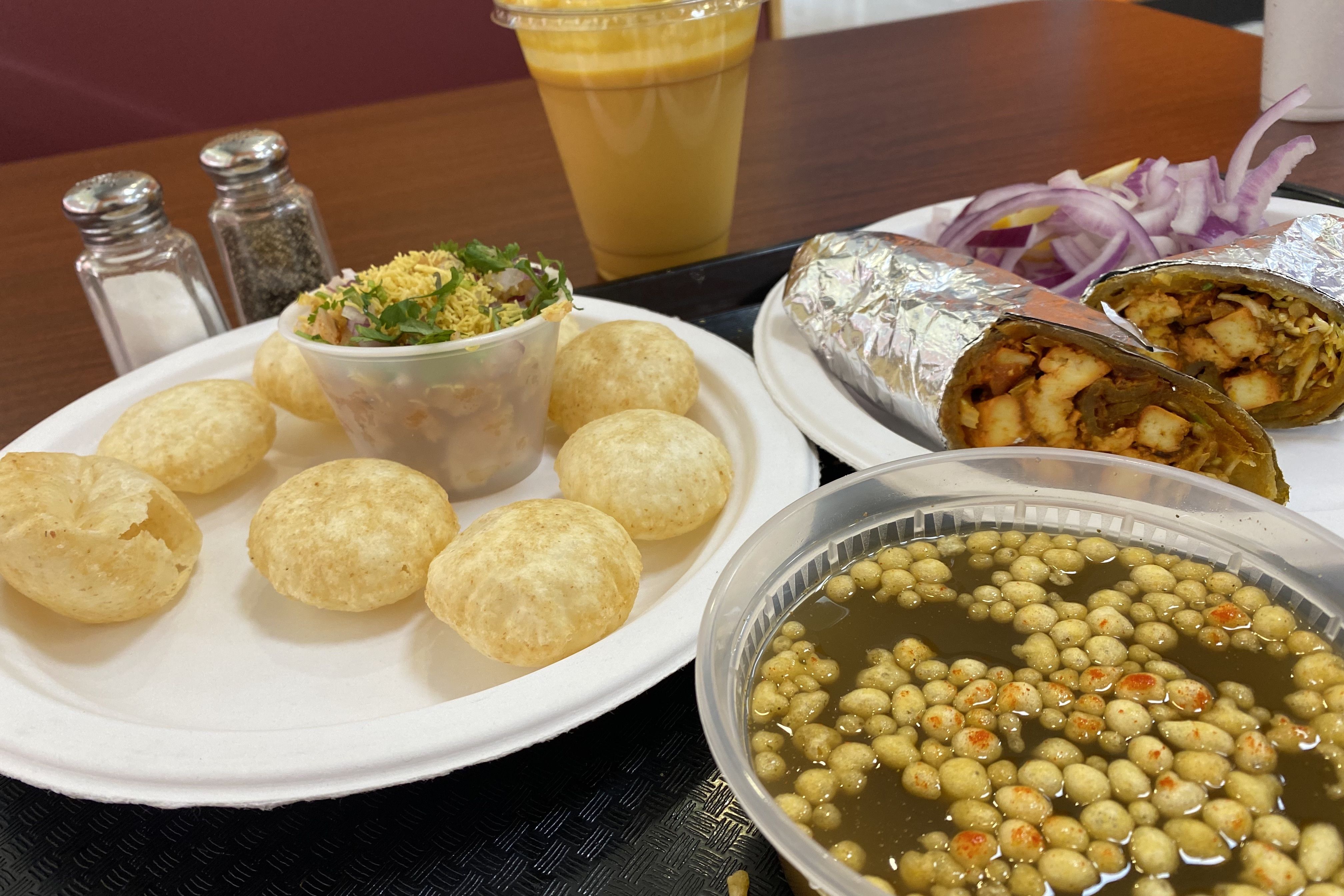Oregonians Killed 67,000 Big Game Animals Last Year
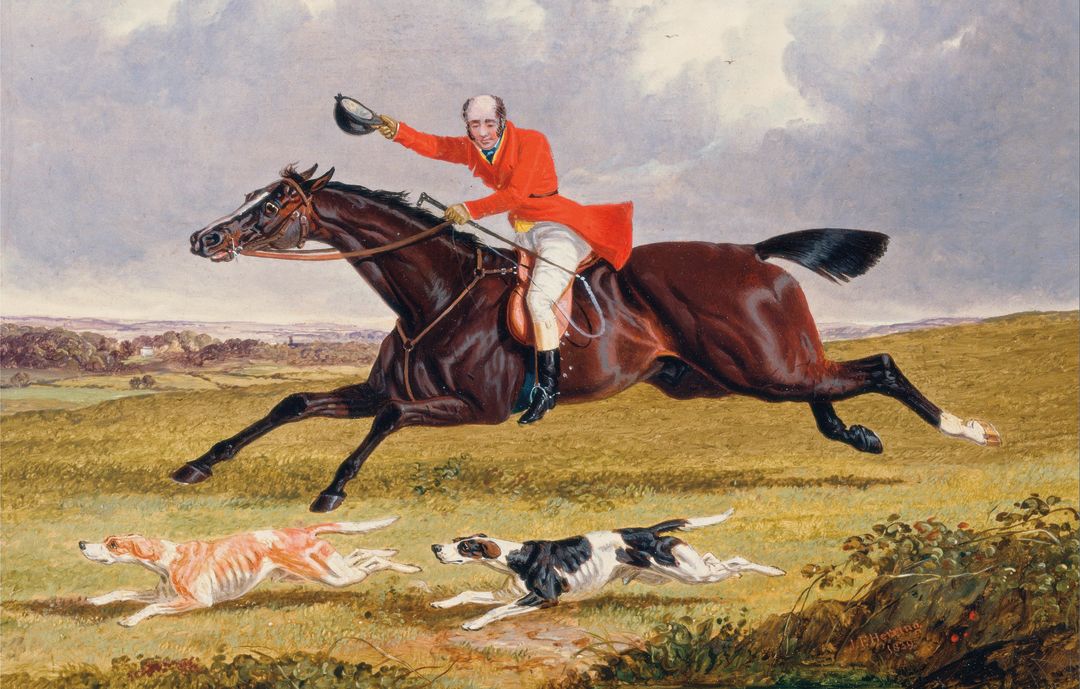
Image: Courtesy John Frederick
By the Numbers
244,164 Licensed hunters in Oregon as of 2015
$21.7 million Total license and tags fees the ODFW collected in 2015
$500 million Estimated total contribution of hunters to Oregon’s economy (based on a 2008 ODFW survey)
66,989 Big game animals killed by Oregon hunters in 2015
Q&A: The State of Hunting
With Michelle Dennehy, Oregon Department of Fish & Wildlife
Is the sport on the decline?
We have seen a drop in participation, which is happening across the US. Oregon is growing in population, but hunters as a percentage of the population has dropped. It’s a shift from a rural to a more urban lifestyle. There’s also just more competition for people’s time. Another issue: at some point hunters will age out of the sport, because it is physically challenging.
Who is still hunting?
Our quintessential hunter is 40 to 70 years old, probably a Caucasian male, although we actually are seeing more women participating.
Are there barriers to getting into the sport?
I think there’s a general lack of knowledge on where to go, how to do it—once you get out into the woods, exactly what do you do? And also there’s some concern about firearm safety. We have a pheasant hunt at Sauvie Island wildlife area. We do shotgun safety, then we go out and do an actual hunt. We teach the basics and focus on safety. We try to make it a welcoming environment.
Is hunting, er, safe?
It is a safe sport if you look at the number of incidents. Before we had hunter education, we used to see a ton of hunting incidents and fatalities every year—not anymore, because so many people are hunter educated.
What if I’m not into guns?
We saw some [increased] interest [in archery] after movies like Hunger Games. It’s the idea of practicing this ancient sport. The harvest is less, so we can offer more general season tags. It is more challenging than rifle hunting.
Why is hunting important?
To help keep wildlife in balance with the capacity of the land. Wildlife will cause damage to agriculture and other domestic animals. The state has the responsibility [to manage the balance], but hunters do the job, and they pay for the privilege.
Elusive Critters
Chances you’ll actually bag a critter are low. Behold, the 2015 hunting success rates by species (total tags issued vs. harvest):
 Cougar: 5%
|
 Black Bear: 8%
|
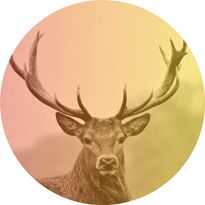 |
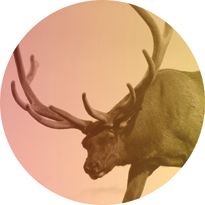 |
Navigate the Red Tape
Choose your prey, and then choose your weapon: rifle, bow, muzzle-loaded gun (no license required to own a gun in Oregon).
Take a hunter education course from the ODFW: required only for those under 18, but highly recommended for any newbie.
Obtain a hunting license from the ODFW or a licensed vendor (including Bi-Mart, Fred Meyer, and Ollie Damon’s), or online.
Obtain a big game tag for the animal you would like to hunt. Animals have different tag sale deadlines.
Virtual Hunts
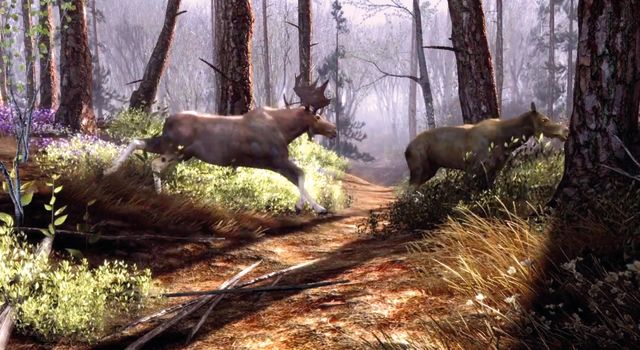
Image: Courtesy Big Buck HD
Not into shooting Bambi? Portland has 74 (and counting) Big Buck HD cabinets—an updated high-definition version of the 16-year-old barroom game known for its bright orange and green rifles. Here’s how to maximize your high score and become the toast of the tavern.
Don’t go all John Woo. In general, the fewer shots you take, the higher your score. Choose the big targets. Birds and small critters scurrying around the area are high point targets, true, but if you waste ammo on them you’ll miss the big lumbering moose. Recognize body parts. If you hit any animal three times, it’s dead. But if you hit it directly in the head or heart, one shot will do. Don’t get drunk. You’re in a bar. But tonight, you want nothing to do with the pathetic desires of man. Plus, just like in real life, booze and Buck don’t mix.
